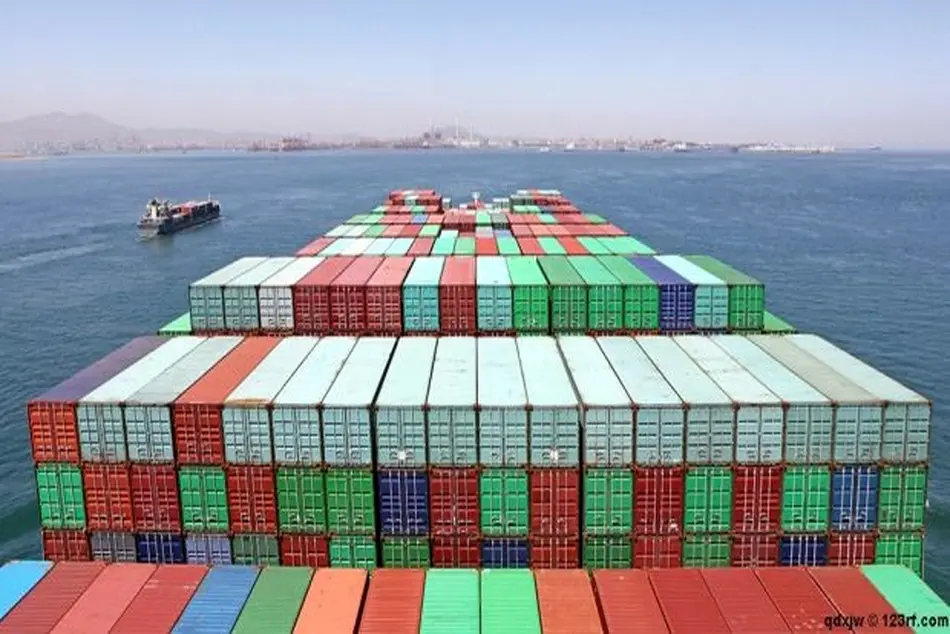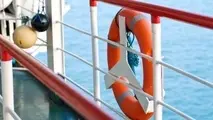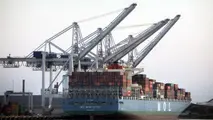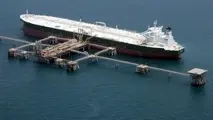Advancing safety in containership sector

Bigger boxships demand a firefighting infrastructure with enhanced capacity explains Matthew Temblay, ABS vice president for containerships. As key for the owners and operators is the ability to protect life and cargo onboard, ABS decided to move forward with the development of a new standard for fire safety.
As recent incidents have demonstrated, the risks from a containership fire increase as the number of containers onboard rises. As container stacks have increased in height and number, the opportunity for a fire to grow in size and scale has grown with them. This is a critical risk to operations that need to be addressed.
The primary technical challenge of firefighting is not necessarily structural, but mechanical. As stack heights grow, the systems that supply the fire water to the container decks must have the ability to move a greater volume of water at higher pressures over longer distances. Therefore, building a robust water distribution system with suitable redundancy and capacity is the primary challenge.
The result was an update to ABS guidance for existing containership tonnage, the ABS Guide for Fire-Fighting Systems for On-Deck Cargo Areas of Container Carriers (FOC Guide).
The new code goes above and beyond the IMO requirements (SOLAS 365 (93)) in several ways. In particular, the FOC notation requires at least twice the amount of water capacity be available to the container deck.
In researching the topic to create the new guidance, the main task was to evaluate the water supply capacity that would be required to shield the radiant heat from a container fire from igniting a new fire in an adjacent bay.
This was primarily accomplished through the use of 3D fire modelling software that can predict the transfer of heat from one location to another. Multiple fire scenarios were modelled to determine the minimum water capacity that would be needed to create a reasonable water spray barrier between container bays.
A containership fire is very difficult to extinguish. In most cases, a ship crew’s best hope is to contain the fire and let it burn out. The physical activity required onboard to operate these firefighting systems is both dangerous and strenuous.
In considering the most important factors naval architects should be aware of from a design perspective when seeking to manage fire risk onboard container ships, the arrangement of the access ways and equipment should be optimized for the safe and efficient use of the crew.
The biggest factor currently affecting the continued growth of container ships is the shore-based infrastructure required to support them. There are a limited number of ports that can currently handle a 20,000 TEU-plus ship. While slot costs may continue to decrease as vessels get larger, the overall functionality and flexibility of the vessel decreases as it can operate in fewer and fewer ports. Ultimately this is a commercial decision that the liner operators will make as trade conditions evolve and new technologies are incorporated into ship designs.
However, the most significant trends we observe in terms of containership design are around safety of the cargo. Container deck firefighting is one of the biggest areas of concern for ship owners today. We have received significant feedback on the publication of our FOC and FOC-R notations from owners looking to implement the rules.
Container lashing analysis is also an important topic. As container stacks get taller, the effects of their movement at sea grow in significance. Traditional analysis methodologies for designing lashing systems are no longer able to accurately predict the dynamic loads applied to lashing equipment in taller stacks.
This led ABS to publish its new Guide for Certification of Container Securing Systems (The Lashing Guide) and new companion software, ABS C-LASH. Central to the Lashing Guide is a newly developed non-linear lashing analysis procedure that represents a significant improvement over traditional formulas for container securing.
Coupled with new easy-to-use software that simplifies analysis of container lashing arrangements, the resources enable a more accurate representation of the loads in taller stacks, allowing operators and designers to develop safer, more efficient lashing system arrangements on board.



